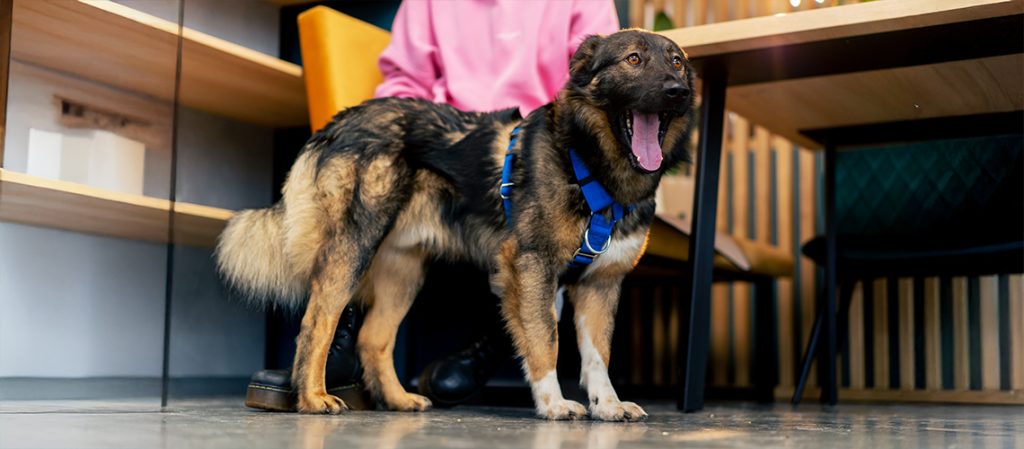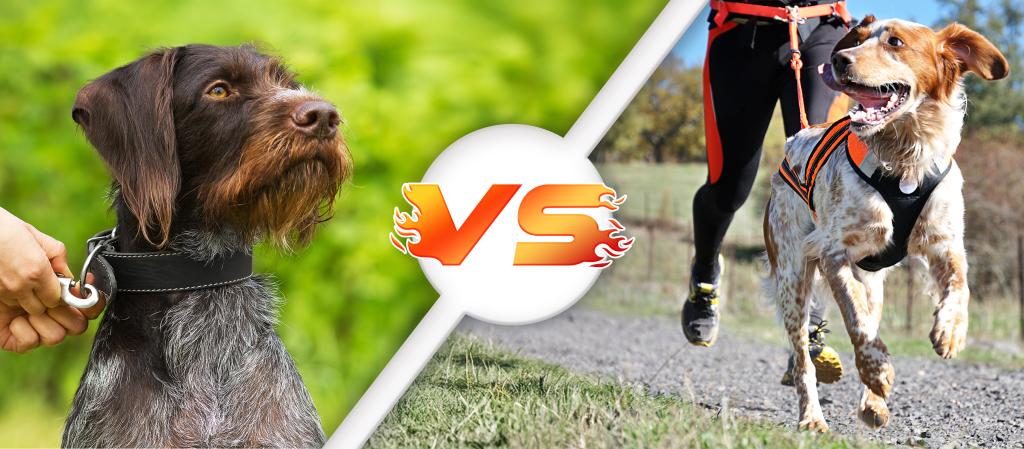Dogs, much like humans, can display a wide range of behaviors. Some of these behaviors might make dog owners wonder, can dogs have autism or something similar? Autism […]
Can You Have More Than One Emotional Support Animal?
Emotional Support Animals (ESAs) play an essential role in the lives of people who struggle with mental health conditions like anxiety, PTSD, and depression. These animals provide comfort, […]
Can You Take Emotional Support Animals Anywhere?
If you have an Emotional Support Animal (ESA) to help you cope with stress or other mental health conditions, you might wonder, can you take emotional support animals […]
Dog Collars vs. Harnesses: A Better Way to Walk Your Dog
When it comes to walking your dog, choosing between a collar and a harness can be challenging. Both options offer distinct advantages depending on your dog’s needs. In […]
Can a Cat Be Service Animal? – Service Animals
Service animals play a vital role in helping people with disabilities live more independent lives. These specially trained animals perform tasks their owners cannot manage on their own. […]
Shedding the Truth: Are Labradoodles Really Hypoallergenic?
Labradoodles are a popular dog breed known for their friendly nature and fluffy coats. Many people think Labradoodles are hypoallergenic, which means they believe these dogs won’t cause […]
Miniature German Shepherds as Emotional Support Animals
What Is a Miniature German Shepherd? Miniature German Shepherds are smaller versions of regular German Shepherds, created by breeding them with smaller breeds like Collies or Poodles. This […]
How Can I Avoid Paying Pet Deposit?
Are you a pet owner and wondering how to avoid paying pet deposits? The costs associated with pet ownership can accumulate rapidly, and pet deposits frequently represent a […]
Bringing Your PSD or ESA to the Office: The Ultimate Packing List
Hey there, fellow fur-parent! Picture this: It’s Monday morning, the alarm is blaring, and as you’re pulling yourself out of bed, there’s a familiar set of eyes looking […]










